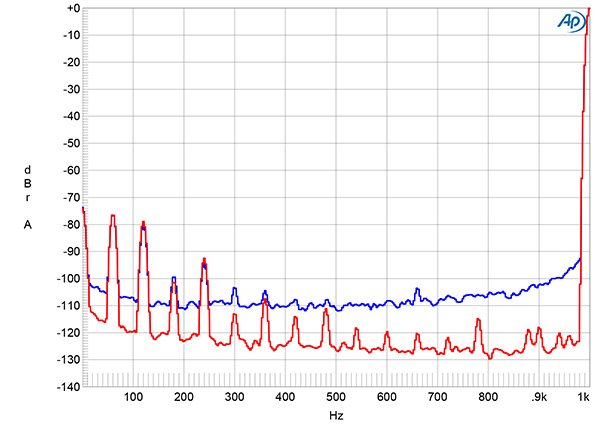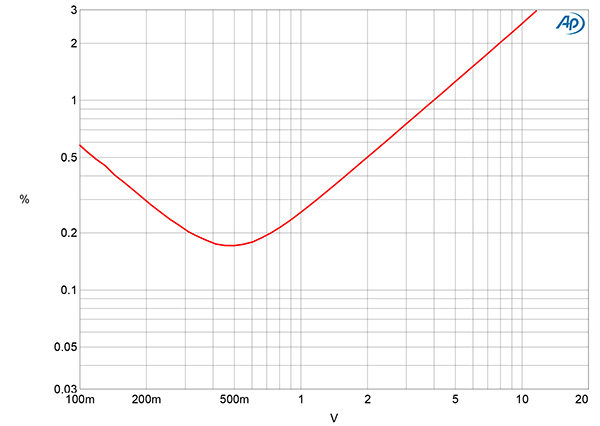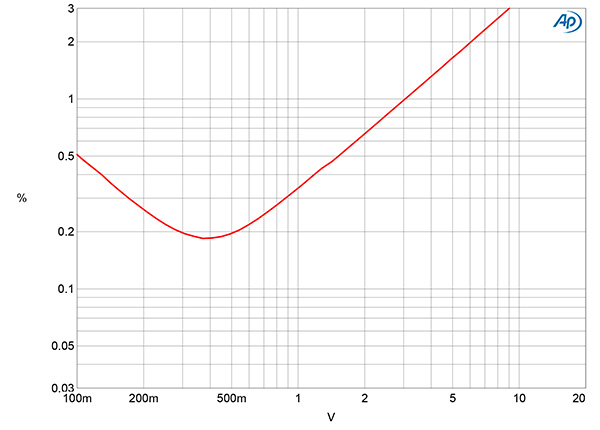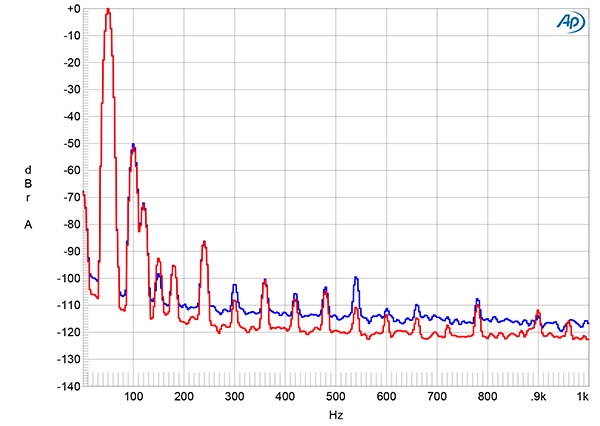| Columns Retired Columns & Blogs |
... falling on his sword.
How does an ill-performing, if not outright defective, product such as this one ever get released to market?
Is this a typical example of "unique hand-made artisanal" electronics?
With $21,500 to spend on a tube-type preamp, I'd be heading to a McIntosh dealer to buy a C2700 - and with the money leftover, an MC1502 tube-type power amp.



















































